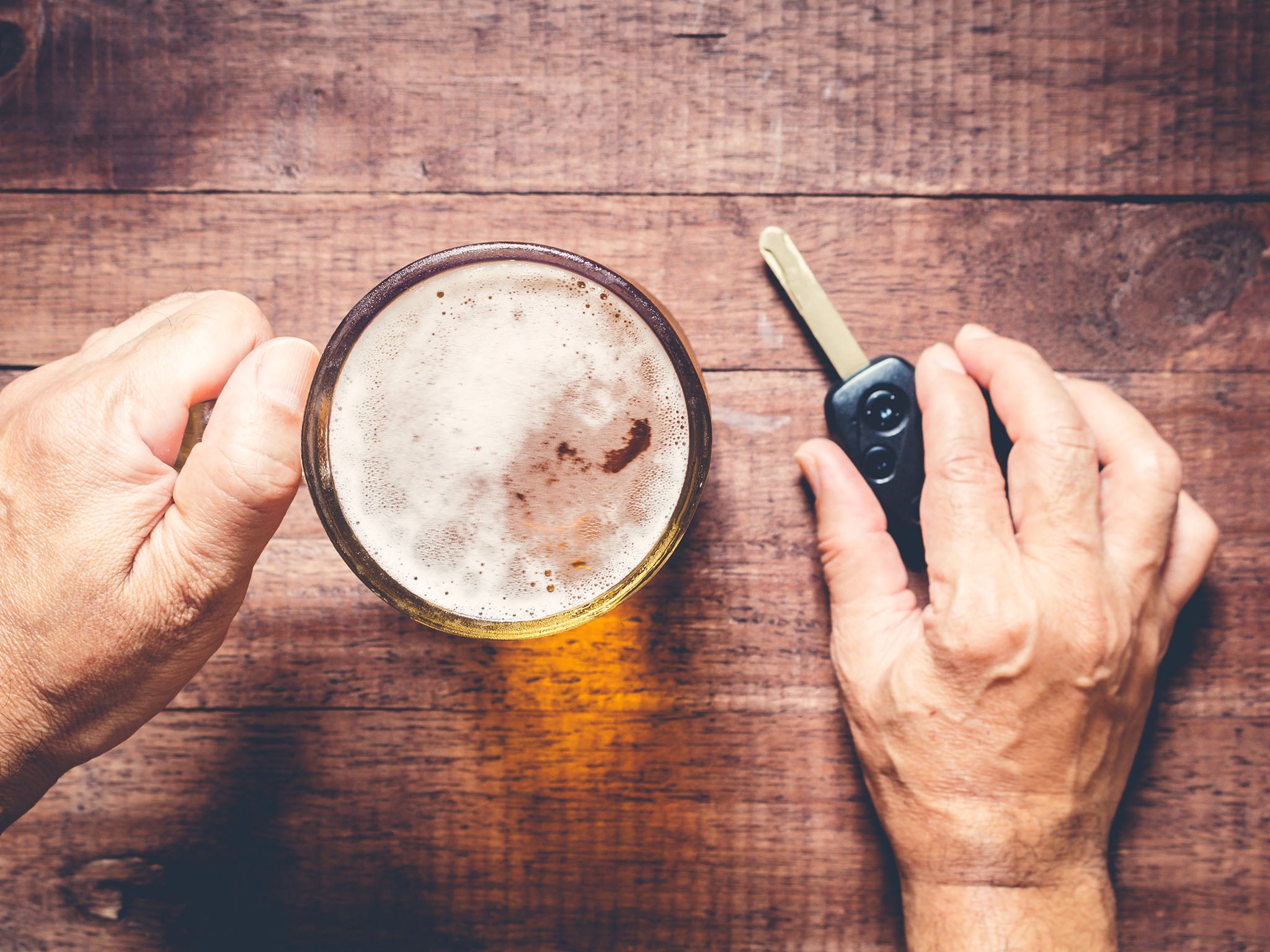Baby boomers are more likely to drink and drive than millennials
People over the age of 50 are more likely to risk drinking and driving than those aged 16-19, says Tony Rao


“Baby boomers”, all now over the age of 50, have shown the fastest rise in rates of alcohol and drug misuse over the past 15 years – and this is playing out on Britain’s roads.
At first glance, the latest data on reported accidents and casualties on public roads in England and Wales is little more than a general update. There are the standard statistics on drink-drive accidents and casualties using roadside breath testing. There is also data on blood alcohol levels for accidents involving deaths from drink-driving. In 2017, there were just under 171,000 casualties from reported road traffic accidents. This was 6 per cent lower than in 2016 – making it the lowest level on record.
But more revealing data comes from the British Crime Survey. This looked at self-reported driving by people who think that they have been over the legal alcohol limit at least once in the last 12 months. Between 2010 and 2018, there was a reduction of nearly 50 per cent in the proportion of people aged 16-19 who took this risk. For people aged 50, it fell by only 11 per cent.
The same survey also provided data on the proportion of people reporting driving under the influence of drugs over the previous 12 months – which paints a very different picture. Although there was a reduction of 61 per cent for 16- to 19-year-olds over the past 10 years, the reduction for baby boomers was a staggering 98 per cent.
A likely explanation for the comparatively larger reductions in people willing to take the risk of drug-driving compared with drink-driving may be a change in the law over the past four years. Until 2015, there were no defined limits for individual controlled drugs when bringing charges against someone suspected of drug-driving. This changed in 2015 through the introduction of Section 5A of the Road Traffic Act. This set an upper limit for the level of specific controlled drugs in a driver’s blood.
A report assessing the impact of this change in law enforcement found evidence of an improvement in awareness of the change in law enforcement among road users across all age groups. This appears to have been an even bigger deterrent to drug-driving in older people.

Cultural norms
So why then are older drivers more prepared to risk drink driving than drug driving? Part of this may be the influence of cultural norms, such as being exposed to high levels of advertising during their early years, but also to the increased affordability of alcohol.
An upper legal limit of 80mg of alcohol per 100ml (also referred to as 0.08 per cent) of blood was adopted across Europe more than 50 years ago. Unlike the rest of Europe and Scotland, the rest of the UK has not changed this legal level. In Scotland, for example it is now 0.05 per cent.
In 2013, the National Transportation Safety Board in the US reduced the legal limit for blood alcohol from 0.08 per cent to 0.05 per cent. This resulted in an 11 per cent decline in fatal alcohol-related crashes.
Slow reactions
Even without drinking alcohol, older people have slower reaction times and are less able to maintain a constant distance behind another car during driving simulation compared to younger people.
Older people are also more likely to experience the harmful effects of alcohol after drinking the same quantity of alcohol as younger people. This is because of a reduced ability to remove alcohol from the bloodstream, as well as a higher likelihood of taking prescribed medication and having accompanying long-term health problems.
So should there be a lower legal blood alcohol level? Given that baby boomers are at increasingly higher risk of alcohol misuse and are more likely to take the risk of drink-driving compared with drug-driving, it may be the only direction of travel. After all, alcohol is a drug. And the sooner it’s treated like one, the better.
Tony Rao is a visiting lecturer in old age psychiatry at King’s College London. This article originally appeared on The Conversation
Join our commenting forum
Join thought-provoking conversations, follow other Independent readers and see their replies
Comments
Bookmark popover
Removed from bookmarks